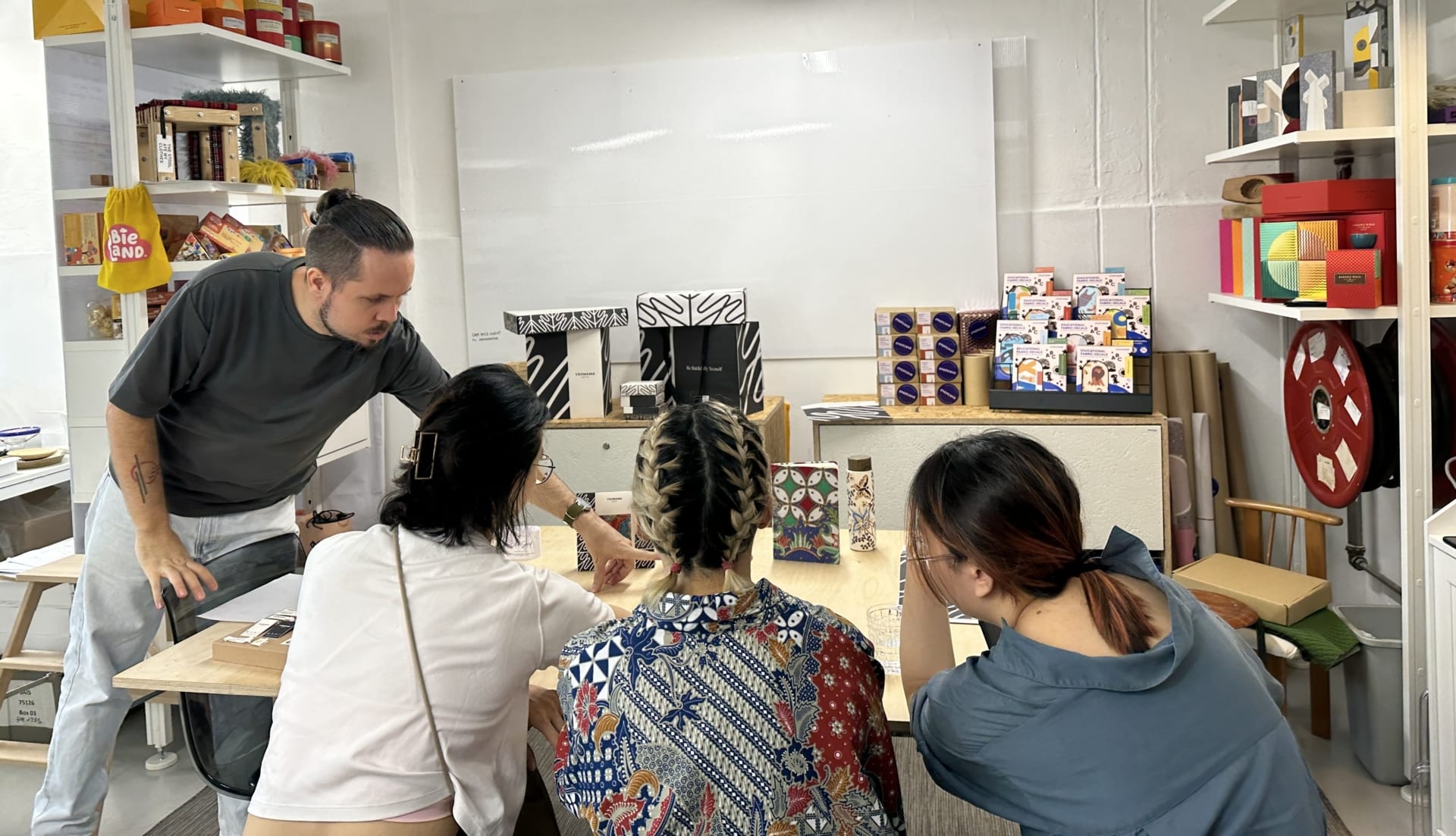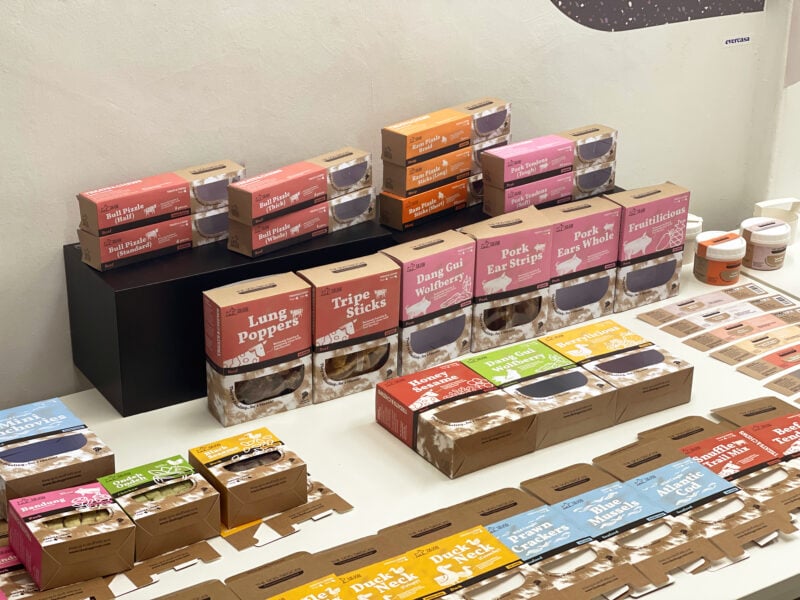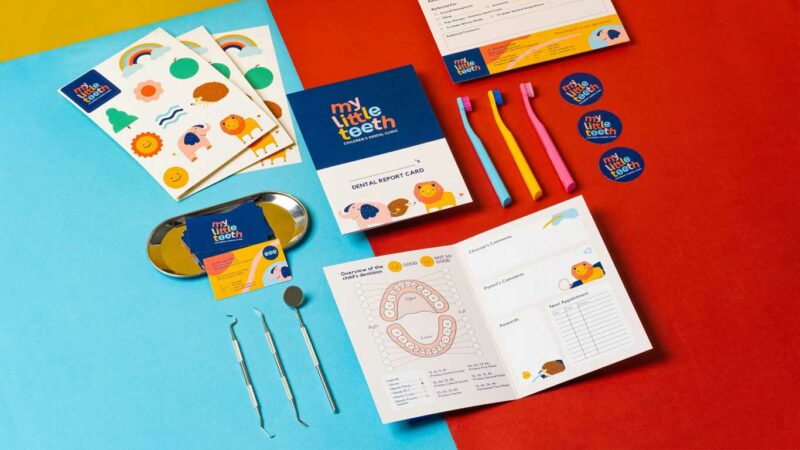In the throbbing heart of Singapore’s business district, where the skyline is as diverse as the corporate ambitions it houses, the concept of a ‘brand’ takes on a life of its own. Here, amidst the relentless pursuit of innovation and distinction, the branding kit emerges not just as a tool but as the very blueprint of a business’s identity. This guide demystifies the branding kit, laying bare its essence and underscoring its undeniable importance in the modern commercial arena, both in bustling Singapore and on the global stage.
A branding kit is far more than a collection of logos and letterheads. It is the compass that guides a brand’s narrative, the lens through which it is viewed, and the anchor that keeps its messaging consistent across the ever-changing tides of market trends. With the digital revolution blurring geographical boundaries and consumer expectations at an all-time high, a well-conceived branding kit is a non-negotiable asset for any ambitious business, especially for small and medium-sized enterprises (SMEs) in Singapore seeking to make their mark.

Why Does a Company Need a Branding Kit?
For a Singaporean SME, as for any organisation in the world, a branding kit serves as the foundational framework upon which the company can build its public persona. It encapsulates the company’s mission, channels its voice, and paints its aspirations, all while ensuring that the message reverberates with clarity and impact.
A Branding Kit as a Communication Tool
A branding kit streamlines communication, aligning the internal team with a shared vision and empowering them to convey the company’s ethos with unwavering accuracy. For the external audience—customers, partners, investors—it acts as a beacon of recognition, fostering trust and fostering brand loyalty.
The Dual Role of Visual and Verbal Brand Communication
The blend of visual allure and verbal precision within a branding kit can captivate and engage. In Singapore’s diverse marketplace, where cultural nuances can influence market dynamics, the ability of a branding kit to traverse this complex terrain can be the difference between a brand that flourishes and one that fades.
What Should a Branding Kit Include?
At its core, a branding kit should encapsulate the unique brand style and personality. This encompasses not just a company’s logo or its colour palette but the entire gamut of its visual and verbal identity.
Defining Unique Brand Style and Personality
In the bustling market of Singapore, where tradition meets innovation at every corner, creating a brand that stands out demands more than just creativity. It requires a deep understanding of the market’s unique blend of cultures and consumer expectations. Here, a brand’s style and personality must not only be distinctive and memorable but also deeply resonant with both local sensibilities and global standards. This delicate balance is not achieved by chance but through meticulous research and strategic thinking.
To define a brand’s style and personality that hits the right note with its target audience, businesses must embark on a comprehensive research journey. This journey involves analysing market trends, understanding consumer behaviour, and identifying gaps that the brand can fill. For Singapore SMEs aiming to make their mark both locally and internationally, this means looking into how traditional values can be harmonised with modern aspirations, crafting a brand personality that speaks to both.
Engaging with cultural insights, social listening tools, and direct consumer feedback are integral parts of this process. Brands need to ask critical questions: What traditions do Singaporeans hold dear, and how are these evolving? What innovative trends are capturing their imagination? The answers to these questions should inform the development of a brand’s style and personality, ensuring they are not just creative expressions but strategic tools designed to forge a deep connection with the audience.
Visual Identity Elements and Their Impact
When it comes to a brand’s visual identity — encompassing logos, colour schemes, typography, and more — every element must be a deliberate choice that aligns with the larger brand strategy. Far from being purely artistic decisions, these visual elements are the result of rigorous research and strategic alignment with the brand’s core values and the market’s needs.
A logo, for instance, is not just an aesthetic symbol but a distillation of the brand’s essence into a visual form that is instantly recognizable and laden with meaning. Similarly, the choice of colour palette and typography is not merely about what looks good; it’s about what communicates the brand’s personality and values effectively, what resonates with the target audience, and what distinguishes the brand in a crowded marketplace.

The strategic underpinning of these visual elements involves a thorough analysis of colour psychology, typographic impressions, and imagery that speaks to the brand’s target demographic. It considers cultural connotations of colours and shapes, readability and accessibility of fonts, and imagery that reflects the brand’s narrative. For example, a fintech startup in Singapore aiming for global reach might choose a modern, sans-serif font to convey innovation and reliability, and a colour scheme that evokes trust and professionalism.
Moreover, this strategic approach to visual identity extends to how these elements are applied across various platforms and collaterals. Consistency in visual branding across digital and physical touchpoints reinforces brand recognition and enhances consumer trust. However, achieving this consistency requires a detailed brand guideline document, outlining the use of visual elements in different contexts — another outcome of comprehensive research and strategic planning.
The Core of a Brand
Understanding the core of your brand is akin to knowing oneself. It goes beyond the superficial into the realms of purpose, vision, and mission—elements that dictate every strategic move and communication effort your brand undertakes.
Vision, Mission, and Purpose
The vision, mission, and purpose of your brand serve as the guiding stars for your business’s journey. They are not just lofty statements to be hung on office walls but practical, actionable beliefs that drive your company forward. A vision statement paints a picture of the world with your brand’s impact; the mission statement lays out the path you will take to achieve that vision, and your brand’s purpose gives a compelling reason why your company exists in the first place.
Brand Story and Tagline
A brand story is not just a narrative; it’s an emotional journey that connects your audience to your brand. It fuses all the elements of your brand core into a coherent, engaging narrative. A tagline, on the other hand, is the memorable catchphrase that encapsulates the essence of your brand story in a few powerful words.
Example: Effective Taglines from Leading Singapore Brands
First Health, with STUDIO DAM’s assistance, redefined its brand identity, emphasising a family-centric approach with its “family to family” tagline. This tagline reflects their dedication to providing healthier lifestyle options for all families, encapsulating their brand story of health and wellness commitment. The rebranding, including a logo update and colour scheme change to magenta, aimed to communicate vitality and chicness, aligning with their vision “In The Pink of Health.” This strategic rebranding effort has successfully enhanced First Health’s brand perception and market expansion.
Developing a Distinct Brand Personality
Just like people, brands have personalities. It’s what makes them relatable and gives them a unique space in the consumer’s mind. A brand’s personality is expressed through its attributes and tonality, coming to life in every marketing campaign and customer interaction.
Identifying Brand Attributes
Brand attributes are the characteristics that define the quintessence of your brand. Are you innovative, reliable, approachable, or luxurious? These attributes must be clearly identified and consistently expressed.
Establishing Brand Tonality
Tonality refers to the voice of your brand—how it speaks to its audience. Is it formal and authoritative, or casual and friendly? Your brand’s tonality should reflect your brand’s personality and resonate with your target audience.
Crafting a Strong Brand Identity
Your brand identity is the visual and verbal expression of your brand’s core and personality. It’s what people see, hear, and feel about your brand. A strong brand identity is unmistakable and unshakable, even in a crowded market.
Logo: The Face of Your Brand
Your logo is often the first thing that comes to mind when someone thinks of your brand. It’s not just a symbol; it’s a powerful tool that can evoke emotions and drive recognition.
Case Study: A Redesign for a Singapore SME and its Impact
For The Land Managers, STUDIO DAM crafted a branding strategy focusing on a modern, dynamic logo and a comprehensive brand identity to reflect an established and experienced presence. This new branding not only resonates with their commitment to innovation in land management but also significantly boosted their brand recognition and market presence.

Typography: The Voice of Your Brand
Typography is more than just choosing fonts; it’s about creating a visual hierarchy that guides the reader’s eye and conveys the right message with the right tone.
Colour Palette: The Mood of Your Brand
Colours have the power to convey messages and evoke emotional responses. Your brand’s colour palette should be chosen carefully to reflect your brand’s personality and values.
Overall Art Direction: The Style of Your Brand
Art direction is the cohesive visual appearance of your brand’s outputs, giving it a unique style. It dictates the creative vision and ensures all visual elements work in harmony to tell your brand’s story.
Moodboard: Visual Planning and Strategy
Before any design work begins, a moodboard can set the tone. It’s a visual representation of your brand’s style and atmosphere, containing elements like images, colours, patterns, and words.
Custom Illustrations/Graphics and Photography
Tailored illustrations and graphics can tell your brand’s story in a way that stock images never could. They add a layer of authenticity and uniqueness to your brand.
Brand Collaterals: Extending Your Brand Reach
Brand collaterals are the tangible expressions of your brand, extending its reach. They can be traditional print media or digital assets that serve as points of interaction between your brand and its audience.
Offline Collaterals: The Tangible Touchpoints
These are the physical manifestations of your brand that people can touch and feel, like business cards, brochures, and product packaging.
Example: Innovative Packaging by a Local Brand
For Bob The Baker Boy, STUDIO DAM focused on rebranding with innovative packaging to reflect the brand’s unique position as a creator of custom, healthier cakes. This new packaging design not only enhances its appeal and storytelling but also effectively helps to upsell the product it holds, contributing significantly to a stronger brand presence and customer engagement.
Online Collaterals: Digital Brand Real Estate
In the digital space, your brand’s presence must be consistent and engaging across all platforms, from your website to social media.
Case Study: Social Media Branding Success Stories in Singapore
STUDIO DAM led a complete rebrand of Brave Feats, including renaming, to enhance its digital brand presence through comprehensive online collaterals. They focused on creating a strong, consistent brand identity across various digital platforms, significantly improving Brave Feats’ engagement with its audience. This strategic approach to digital branding facilitated a deeper connection with the community and elevated the brand’s online visibility.

The Evolving Nature of Brand Kits
A branding kit is not a static entity but an evolving aspect of your business. It must grow and adapt as your company does, reflecting changes in your strategy, market, and customer preferences.
Keeping Your Branding Kit Current
Regularly revisiting and refreshing your branding kit ensures it remains relevant. This could involve updating your colour palette, typography, or even your logo as your business evolves.
The Importance of Adapting to Market Changes
The market is dynamic, and so should be your brand. Being adaptable in your branding ensures that you stay ahead of trends and remain connected with your audience.
Partnering with Branding Experts
Expert guidance can be invaluable in navigating the complexities of branding. Specialists like STUDIO DAM offer the expertise to ensure your branding efforts are effective and aligned with both your business goals and market demands.
Case Study: STUDIO DAM’s Role in Rebranding a Singaporean Company
STUDIO DAM played a crucial role in developing My Little Teeth, focusing on enhancing the brand’s appeal to modern Singaporean families. This new brand, created after the successful branding of My Family Dental for the same client, included a fresh visual identity and targeted digital collaterals, significantly improving the brand’s connection with its audience and boosting online engagement.

In conclusion, a branding kit is more than a set of tools; it’s a strategic asset that encapsulates your brand’s essence, communicates its values, and connects with your audience. In today’s fast-paced, globally connected market, Singapore SMEs must leverage their branding to stand out. By understanding and utilising the components of a branding kit, businesses can ensure that their brand remains strong, relevant, and vibrant—both at home and on the international stage.
